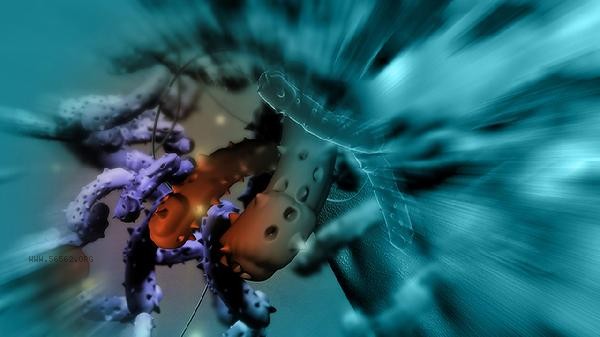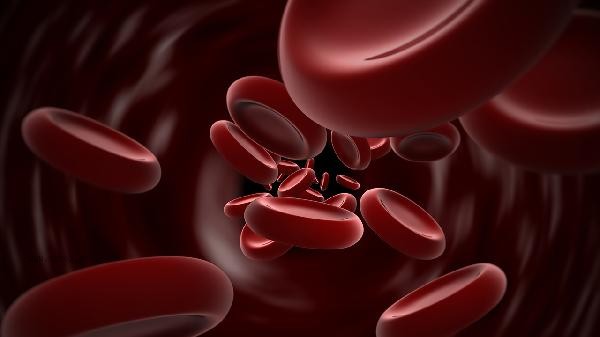Low eosinophils may be caused by factors such as infectious diseases, hormone use, stress reaction, blood system diseases, and alleviations of allergic symptoms. Comprehensive judgment should be made in combination with specific clinical manifestations and laboratory tests.

1. infectious diseases:
When bacteria or viruses are infected, the immune system will give priority to mobilizing neutrophils to deal with the infection, resulting in a relative reduction of eosinophils. Commonly seen in acute infections such as pneumonia and urinary tract infections, it is usually accompanied by symptoms such as fever and elevated inflammatory markers. After infection control, the values can gradually recover.
2. Hormone use:
Corticosteroid drugs can inhibit the generation and release of eosinophils in the bone marrow, and long-term use of drugs such as prednisone and dexamethasone may lead to sustained low values. This situation requires monitoring of blood routine under the guidance of a doctor to avoid self adjustment of medication dosage.
3. Stress response: Under severe trauma, surgery, or mental stress, the level of adrenaline in the body increases, which promotes the migration of eosinophils from the blood to tissues, resulting in a decrease in peripheral blood test values. This physiological change usually recovers on its own 2-3 days after the stressor is eliminated. 4. Hematological disorders: Hematological disorders such as aplastic anemia and myelodysplastic syndrome can affect the differentiation and maturation of eosinophils, often accompanied by abnormalities in other blood cells such as platelets and hemoglobin. Further examination such as bone marrow puncture is needed to confirm the diagnosis.

5. Relief of allergy symptoms: During the remission period of allergic rhinitis, asthma, and other diseases, due to reduced allergen stimulation, the originally elevated eosinophils may fall back to a lower level. If there are no other discomforts, this situation is usually a normal phenomenon of disease progression. When eosinophils are found to be low, it is recommended to recheck the blood routine to rule out detection errors. Daily attention should be paid to recording whether there are symptoms such as repeated infections, abnormal bleeding, or weight loss. In terms of diet, it is advisable to increase animal liver and eggs rich in vitamin B12, as well as iron rich foods such as red meat and spinach. Avoid taking blood supplements without authorization, as there may be physiological fluctuations after vigorous exercise. It is recommended to maintain a normal daily routine before the physical examination. If it continues to be low or accompanied by other blood cell abnormalities, it is necessary to seek timely medical attention and complete the examination at the hematology department.









Comments (0)
Leave a Comment
No comments yet
Be the first to share your thoughts!